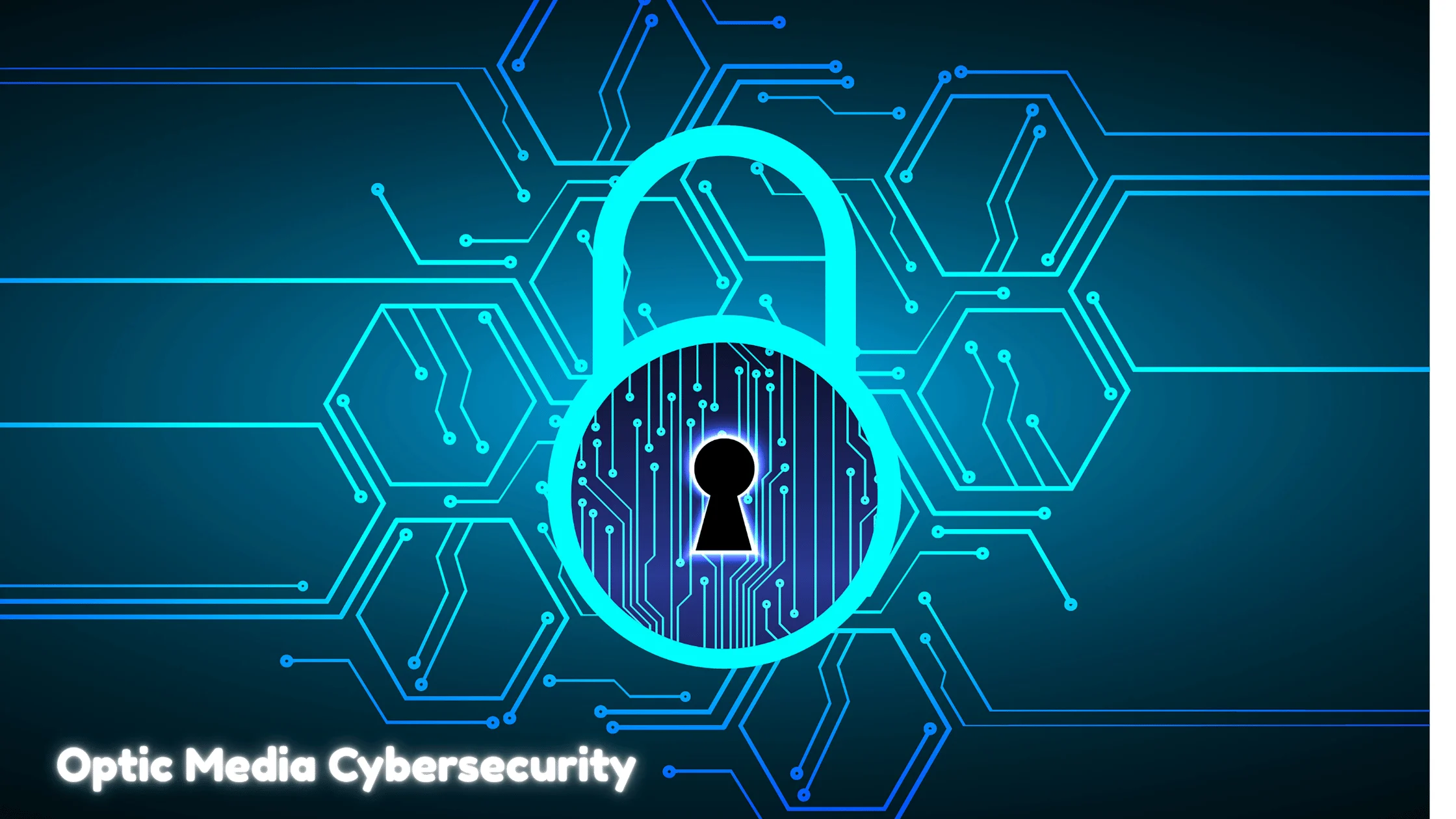Optic Media Cybersecurity: Safeguarding the Backbone of Data Transmission
Published: 21 Jun 2025
In an era driven by lightning-fast data exchange and global connectivity, optical media, primarily fiber optics, form the spine of modern communication networks.

These high-speed conduits handle vast amounts of sensitive data at the speed of light. But with their increasing use in government, healthcare, defense, and enterprise systems, securing these channels is more critical than ever. This is where Optic Media cybersecurity steps in.
What Is Optic Media?
Optic media refers to communication channels made of fiber-optic cables, which transmit data as pulses of light. These systems offer high bandwidth, low latency, and long-distance transmission—making them vital for today’s internet backbone, cloud infrastructures, and telecom systems.
Why Optic Media Needs Cybersecurity
Fiber optics are often mistakenly considered “tamper-proof.” Although harder to tap than copper cables or wireless signals, they are not invulnerable. Threat actors can exploit vulnerabilities through:
- Physical tapping: using microscopic bends or leaks in fibers to siphon data undetected.
- Man-in-the-middle attacks: intercepting or rerouting light signals to extract or corrupt information.
- Service disruption: cutting or disabling cables to impact services or test system recovery resilience.
The consequences can be dire leaked government secrets, breached financial transactions, or crippled communication networks.
Threat Landscape
- Passive eavesdropping: Optical splitters can be inserted to siphon data without alerting network monitors.
- Active intrusions: Attackers inject false signals or increase light intensity to damage receivers or gather information.
- Infrastructure sabotage: Deliberate cuts or physical disruption of underground/undersea optic cables.
These sophisticated threats require specialized defenses.
Core Principles of Optic Media Cybersecurity
Physical Security
- Secure cable routes with reinforced conduits.
- Employ sensor-based tamper detection.
- Limit physical access with biometric checkpoints.
Encryption
- Use end-to-end encryption for data in transit.
- Employ quantum key distribution for ultra-secure communication.
Intrusion Detection Systems (IDS)
- Deploy fiber intrusion monitoring that detects bends, temperature changes, or pressure shifts.
- Pair with AI algorithms to flag anomalies in real-time.
Redundancy and Diversification
- Avoid single points of failure with geographic route diversity.
- Maintain backup communication routes and emergency protocols.
Emerging Technologies Enhancing Security
- Software-Defined Networking (SDN): Offers flexible control and monitoring of optical paths.
- Quantum Cryptography: Promises theoretically unbreakable encryption.
- Blockchain: Ensures traceable, tamper-proof records of data transmission.
Best Practices for Organizations
- Conduct regular optical layer audits and penetration testing.
- Update policies with evolving standards like ISO/IEC 27040.
- Train staff on physical access protocols and fiber-optic risks.
- Collaborate with vendors on supply chain security.
Final Thoughts
As our reliance on optic media continues to grow, protecting the channels that silently carry our most valuable data becomes non-negotiable. Cybersecurity for fiber optics must evolve beyond traditional digital protections to incorporate physical, logical, and predictive defense strategies. Whether you’re a network architect, a cybersecurity professional, or a policymaker, understanding and implementing optic media cybersecurity is essential for building trust in the digital world.

- Be Respectful
- Stay Relevant
- Stay Positive
- True Feedback
- Encourage Discussion
- Avoid Spamming
- No Fake News
- Don't Copy-Paste
- No Personal Attacks

- Be Respectful
- Stay Relevant
- Stay Positive
- True Feedback
- Encourage Discussion
- Avoid Spamming
- No Fake News
- Don't Copy-Paste
- No Personal Attacks





